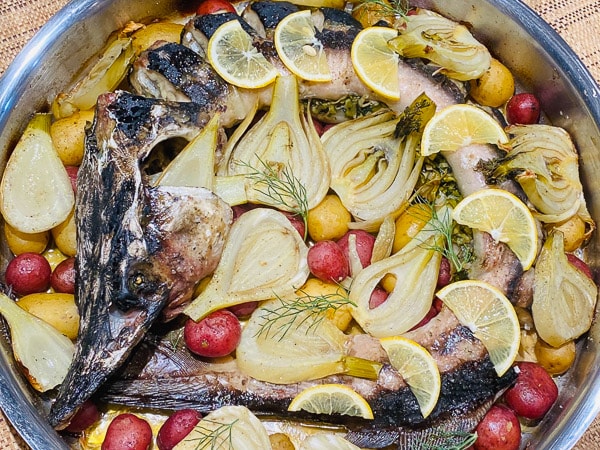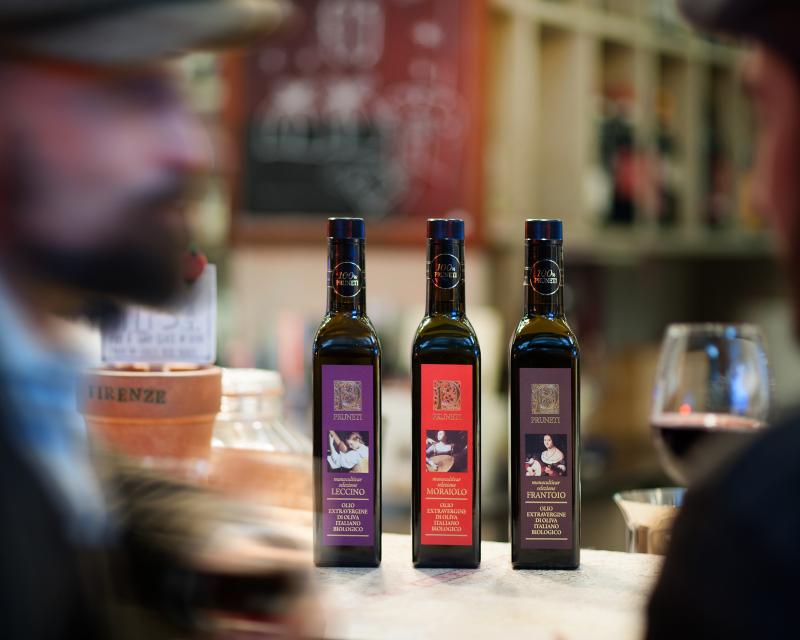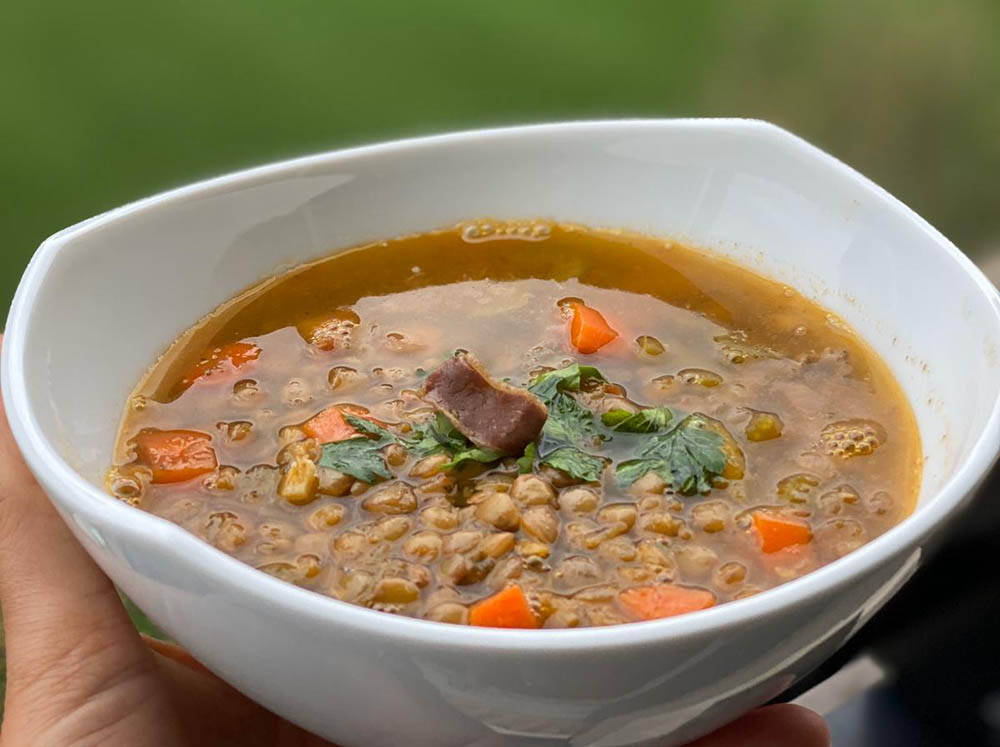Duck Confit: A Delicious, Nutritious French Delicacy
Duck legs are cooked gently in their fat to create the French delicacy known as duck confit. The result is a flavorful, delicious, and delicate duck leg. Duck confit has a lengthy history and was formerly viewed as a dish for common people. However, currently, many people consider duck confit to be a gourmet meal. Duck confit may be prepared in a variety of ways and is a versatile food that goes well with many other cuisines. The history, advantages to health, and recipes for duck confit will all be covered in this blog post.
What is Duck Confit?
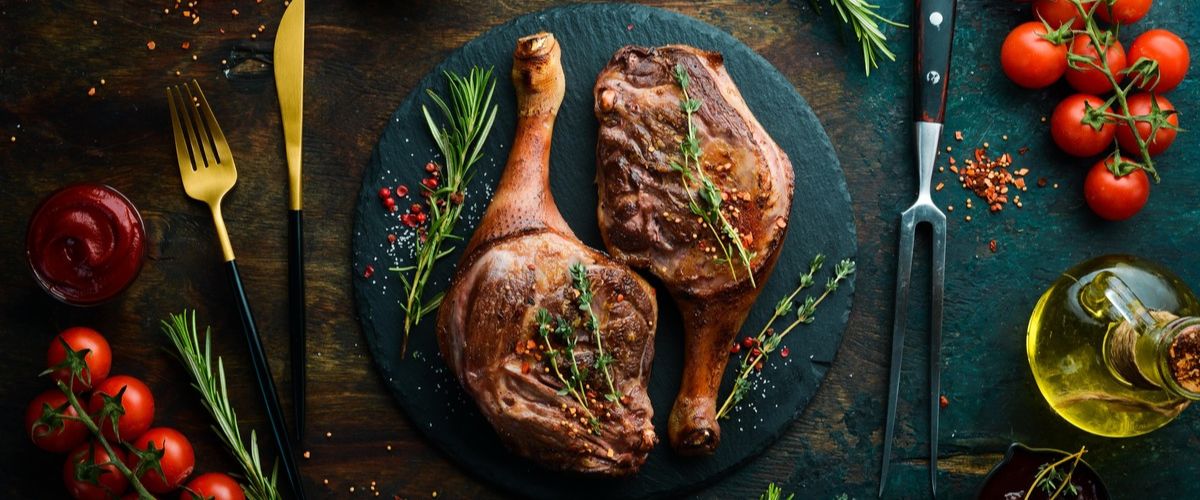
French cuisine known as duck confit uses duck legs that are slowly cooked in their fat. A rich, savory meal that may be served as an appetizer or a main course is the end product. Duck breasts can also be used to make duck confit, which is typically produced using duck legs. The meat is slow-cooked in duck fat after first being marinated in a blend of herbs and spices. Although the meat can be served with a variety of sides, potatoes or other root vegetables are the most popular accompaniments. A rich and savory meal like duck confit is likely to satisfy any palette.
Although the duck confit was a little too salty for my taste, the honey's sweetness worked nicely with it. The acidity of the wine served balances out the dish's richness and other inherent richness. I think the combination worked nicely overall and would order it again.
History of Duck Confit
A meal called duck confit comes from southwest France, most especially from the Perigord area. The meat is often duck legs that have been slow-cooked in their fat, producing tasty and soft flesh.
The recipe has its origins in rural cuisine since it was used to preserve duck meat before refrigeration became commonplace. In the past, the duck legs were salted and spiced before being cooked extremely slowly in extracted duck fat to create the duck confit.
Nowadays, many upmarket restaurants include duck confit on their menus, either as an appetizer or a main meal.
Health Benefits of Duck Confit
French cuisine known as duck confit uses duck legs that have been slowly cooked in their fat. Typically, potatoes and a green salad accompany the entrée. There are several health advantages to duck confit.
Monounsaturated fats, which are excellent for your heart, are abundant in duck fat. A good supply of protein, iron, and amino acids that your body needs to operate correctly is also included in duck confit. Duck confit is a good option for anyone monitoring their weight because it is low in calories.
High quantities of oleic acid found in duck fat have been demonstrated to decrease cholesterol and lessen the risk of heart disease. Duck fat also has antioxidants that can help shield your cells from harm.
Delicious Pairings with Duck Confit
Various meals, such as roasted potatoes, braised greens, and even fruit salad, go well with duck confit. Finding complimentary tastes that will enhance the duck is the key.
- For instance, pairing roasted potatoes with duck confit may elevate a straightforward dish into something exceptional. The flavors of both meals mingle well, and the crunchy potatoes go well with the rich duck flesh.
- Braised greens are a delicious side dish to go with duck confit. The sharpness of the greens and the duck's savory tastes go nicely together, making the two meals a wonderful pairing.
- The final dish may look strange with fruit salad, but it pairs wonderfully with duck confit. The richness of the duck is balanced out by the fruit sweetness, creating a very delightful combination.
Easy Duck Confit Recipe
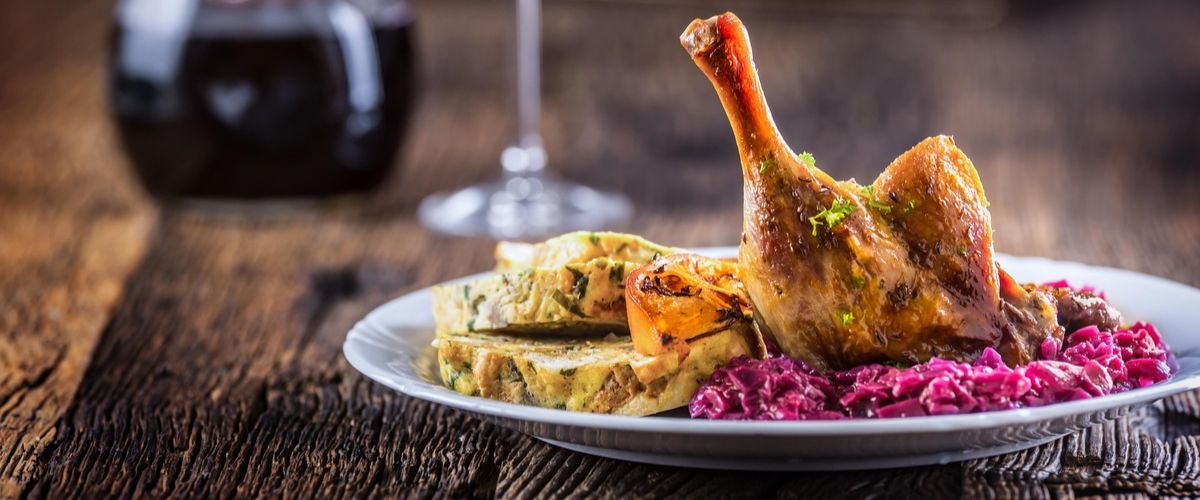
Ingredients:
- 1 entire duck with no giblets
-Salt
-Fresh herbs (thyme, rosemary, sage)
-Cloves of garlic
- Bay leaves
-Peppercorns
-Brandy or cognac (optional)
-Cooking oil (duck or goose fat, lard, vegetable oil)
Instructions:
- Set the temperature of the oven to 375 degrees Fahrenheit (190 degrees C).
- Slice the duck into serving-sized pieces and sprinkle with plenty of salt. Put the duck on a rack over a roasting pan in a single layer. Over the duck, smear some fresh thyme, rosemary, and sage. Bay leaves, peppercorns, and garlic cloves should be added to the pan. Over the duck, pour brandy or cognac (optional).
- Place the roasting pan in the oven after covering it completely with aluminum foil. Bake the duck for 45 to 60 minutes, or until it is done.
- Take the duck out of the oven, then allow it to cool somewhat. When the duck fat has been rendered, set it aside.
- To cook the confit, put the duck parts in a large saucepan with a thick bottom. Spread lard, duck, or goose fat on top. The fat should completely engulf the duck. If more fat or even vegetable oil is required to cover, do so.
- Cook the duck slowly for about four hours, or until it is very soft and thoroughly done.
- Carefully take the confit duck out of the saucepan and pour the cooking oil into a heat-resistant container. Refrigerate for up to six months after letting cool. You may either serve warm or cold duck confit. Enjoy!
Overall, duck confit is a delicious and nutritious French delicacy that has many health benefits. It is easy to make at home and can be served with various side dishes. Try it today! You won't be disappointed.




